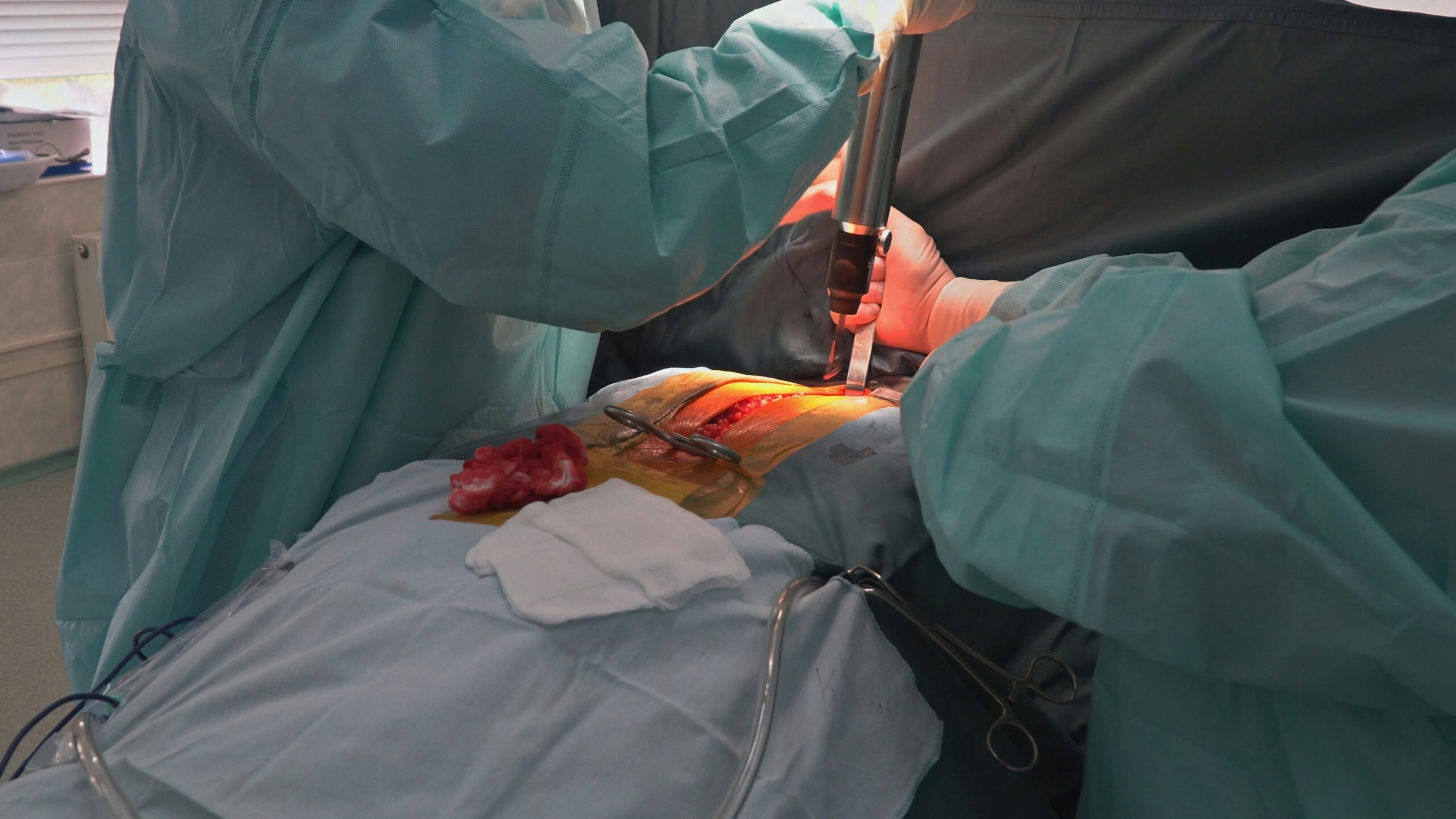
Anal fissures, small tears in the lining of the anal canal, can cause significant discomfort and distress. These tears are typically associated with constipation, straining during bowel movements, or trauma to the anal region. Common symptoms include sharp pain, bleeding, and itching. While the condition is often temporary, chronic fissures may require medical intervention. This article explores the treatment options for anal fissures, focusing on the differences between surgical and non-surgical methods.
Understanding Anal Fissures and Their Causes
Before delving into treatment options, it is essential to understand the causes of anal fissures. Acute fissures often result from passing hard stools or excessive straining, leading to a tear in the delicate anal tissue. In some cases, underlying conditions like Crohn’s disease, infections, or childbirth trauma may contribute to the development of fissures. When left untreated or when healing is hindered, fissures can become chronic, resulting in a cycle of pain and inflammation.
The choice of treatment depends on whether the fissure is acute or chronic. For acute fissures, conservative approaches are often sufficient. Chronic fissures, however, may require more intensive interventions, including surgical options.
Non-Surgical Treatments: A Gentle Approach to Healing
Non-surgical treatments are the first line of defense for anal fissures. These methods focus on reducing pain, promoting healing, and addressing the underlying causes to prevent recurrence.
Lifestyle Modifications
One of the most effective ways to manage acute anal fissures is by making dietary and lifestyle changes. Increasing fiber intake through fruits, vegetables, and whole grains can help soften stools and reduce straining during bowel movements. Staying hydrated is equally important, as water aids in maintaining stool consistency.
Engaging in regular exercise can improve overall digestive health and circulation, which may support faster healing. Additionally, adopting healthy bowel habits, such as avoiding prolonged sitting on the toilet, can reduce pressure on the anal area.
Topical Medications
Medicated creams and ointments are frequently prescribed to alleviate symptoms and promote healing. Topical anesthetics can provide temporary pain relief, while nitroglycerin-based creams work by relaxing the anal sphincter, improving blood flow, and encouraging healing. Calcium channel blockers, also available as topical applications, serve a similar purpose by reducing sphincter spasms and increasing blood supply to the affected area.
Sitz Baths
Sitz baths, or warm water baths for the buttocks and hips, are a simple yet highly effective remedy. Sitting in warm water for 10 to 15 minutes several times a day can soothe the affected area, reduce inflammation, and encourage healing. This method is particularly useful in managing pain and discomfort during the acute phase.
Botulinum Toxin (Botox) Injections
For chronic anal fissures, Botox injections may be recommended as a non-surgical option. Botox works by temporarily paralyzing the anal sphincter muscle, reducing spasms and allowing the fissure to heal. This procedure is minimally invasive and generally well-tolerated, making it an attractive alternative for patients seeking to avoid surgery.
Surgical Treatments: When Non-Surgical Methods Fall Short
When anal fissures become chronic or fail to respond to conservative treatments, surgery may be necessary. Surgical intervention is typically reserved for cases where the pain and discomfort significantly impact the patient’s quality of life or when complications arise.
Lateral Internal Sphincterotomy (LIS)
Lateral internal sphincterotomy is the most common surgical procedure for treating chronic anal fissures. During this procedure, a small portion of the internal anal sphincter is cut to reduce tension and improve blood flow to the fissure. This allows the tear to heal and reduces the likelihood of recurrence.
LIS is highly effective, with success rates exceeding 90%. However, like any surgery, it carries potential risks, including infection, bleeding, and, in rare cases, temporary or permanent changes in bowel control. Patients considering this option should discuss the risks and benefits with their healthcare provider.
Advancement Flap Surgery
In cases where the fissure is particularly severe or associated with underlying conditions, advancement flap surgery may be performed. This procedure involves covering the fissure with healthy tissue from a nearby area to promote healing. Although less common than LIS, this method may be preferred for complex or recurrent fissures.
Comparing Surgery and Non-Surgical Methods: Making the Right Choice
The decision between surgical and non-surgical treatments depends on several factors, including the severity of the fissure, the patient’s overall health, and their response to initial treatments. Non-surgical methods are typically recommended as the first line of treatment due to their non-invasive nature and minimal risk of complications. These methods are especially effective for acute fissures or less severe chronic cases.
However, for patients with chronic fissures who do not experience relief from conservative approaches, surgery offers a definitive solution. While the prospect of surgery can be daunting, the high success rates of procedures like lateral internal sphincterotomy provide reassurance to patients seeking long-term relief.
Preventing Recurrence: A Long-Term Strategy
Regardless of the chosen treatment method, preventing recurrence is crucial for long-term health. Adopting a high-fiber diet, staying hydrated, and maintaining regular bowel habits are essential strategies. Patients should also be mindful of managing stress, as it can contribute to digestive issues and muscle tension in the anal region.
Regular follow-ups with a healthcare provider are important, particularly for those who have undergone surgery. Monitoring the healing process and addressing any lingering symptoms can help ensure a smooth recovery and prevent complications.
A Tailored Approach to Treatment
Anal fissures can be a source of significant discomfort, but effective treatments are available. Non-surgical methods, such as lifestyle changes, topical medications, and Botox injections, offer relief for many patients and often result in complete healing. For those with chronic or severe fissures, surgical options like lateral internal sphincterotomy provide a reliable path to recovery.
By understanding the available treatment options and working closely with a healthcare provider, patients can find the approach that best suits their needs. With the right care and preventive measures, most individuals can achieve relief from symptoms and regain their quality of life.